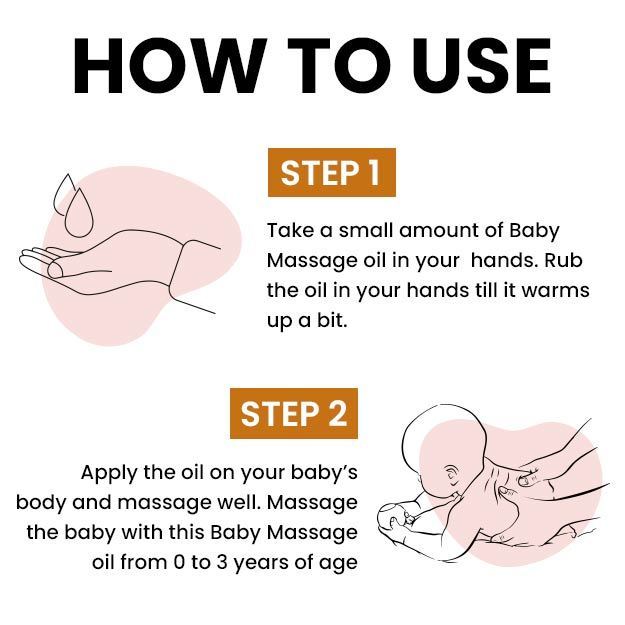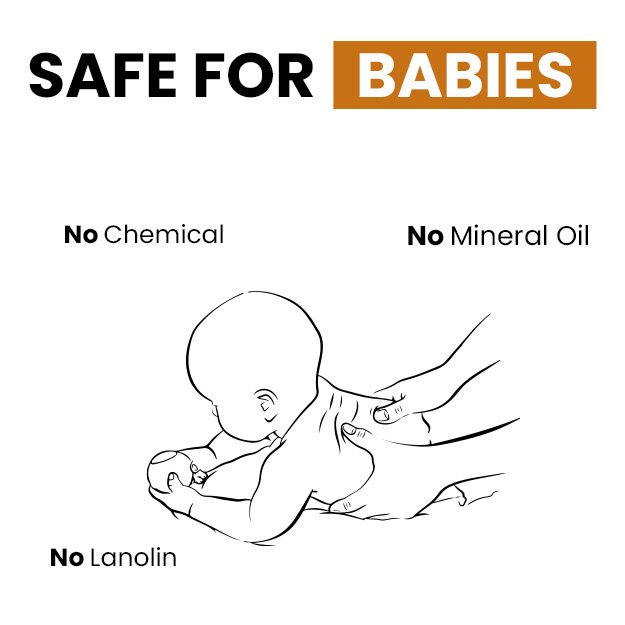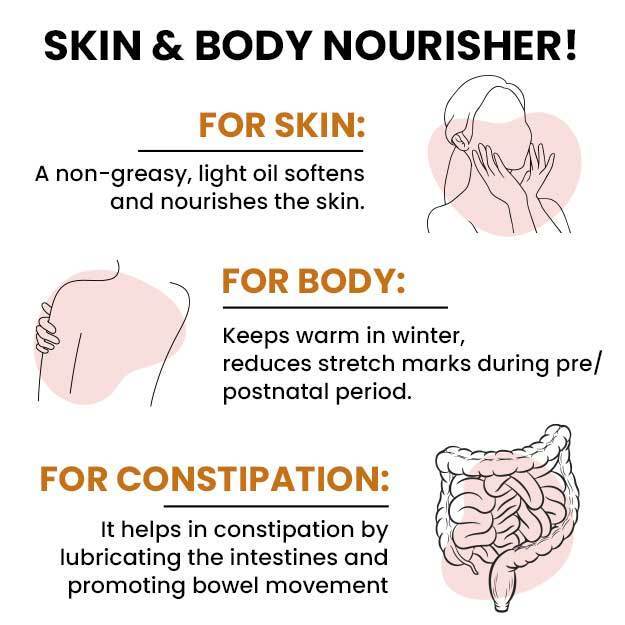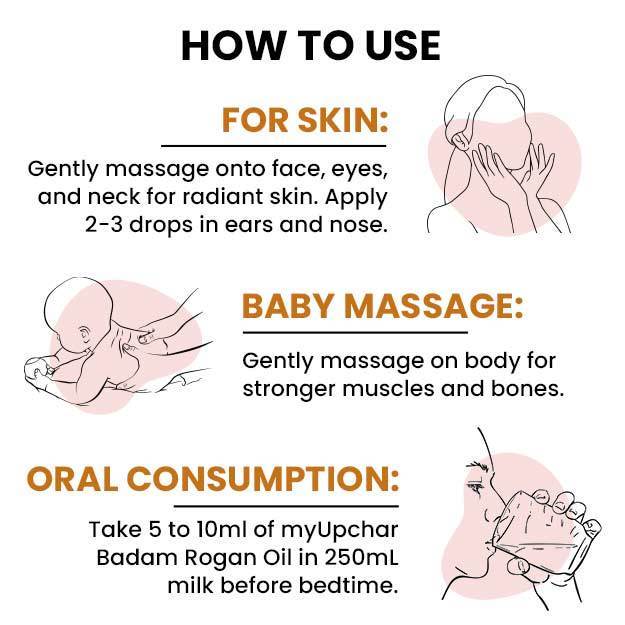Each year, the World Health Organization observes 1-7 August as World Breastfeeding Week—an annual reminder that breastfeeding can give kids the best possible start in life.
In 2020, the WHO's theme for World Breastfeeding Week centred on skilled breastfeeding counselling for new moms and families.
The reason: contrary to popular belief, breastfeeding doesn't just happen. You and your baby need to work towards optimising it. And there are some technical aspects like the child's position and giving support that can help to ensure proper latching and adequate feeding, and minimise discomfort for the mom.
Learning to breastfeed can take time, practice and patience. True, breastfeeding provides various health as well as emotional benefits to both the mother and the child. However, this is not the whole picture. Oftentimes during this conversation, we forget that mothers need support to not just start, but also to sustain breastfeeding. Read on for more of that conversation:






























